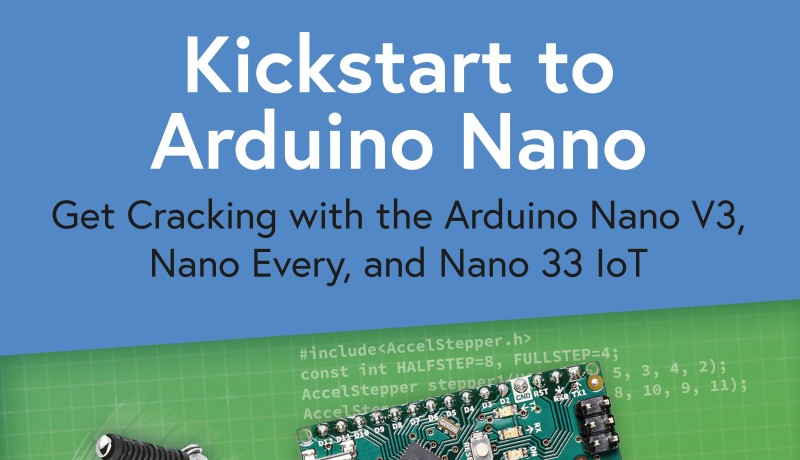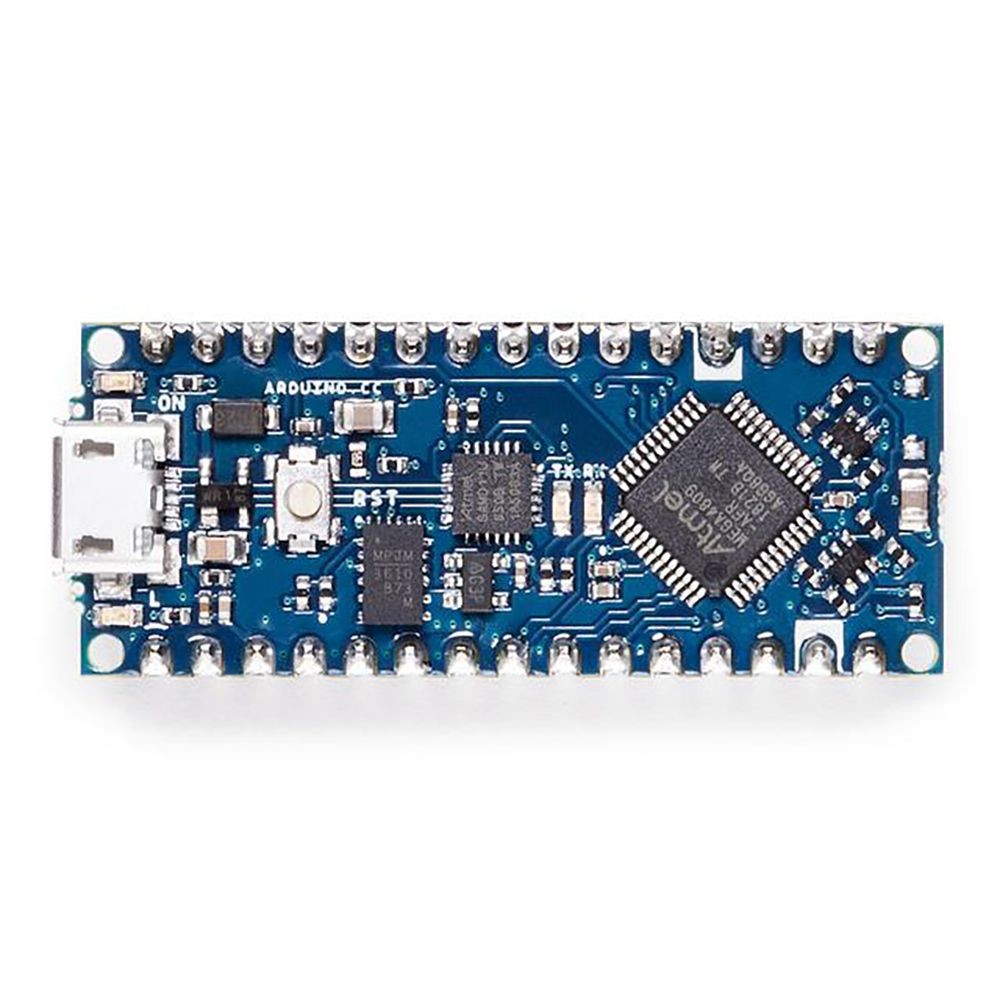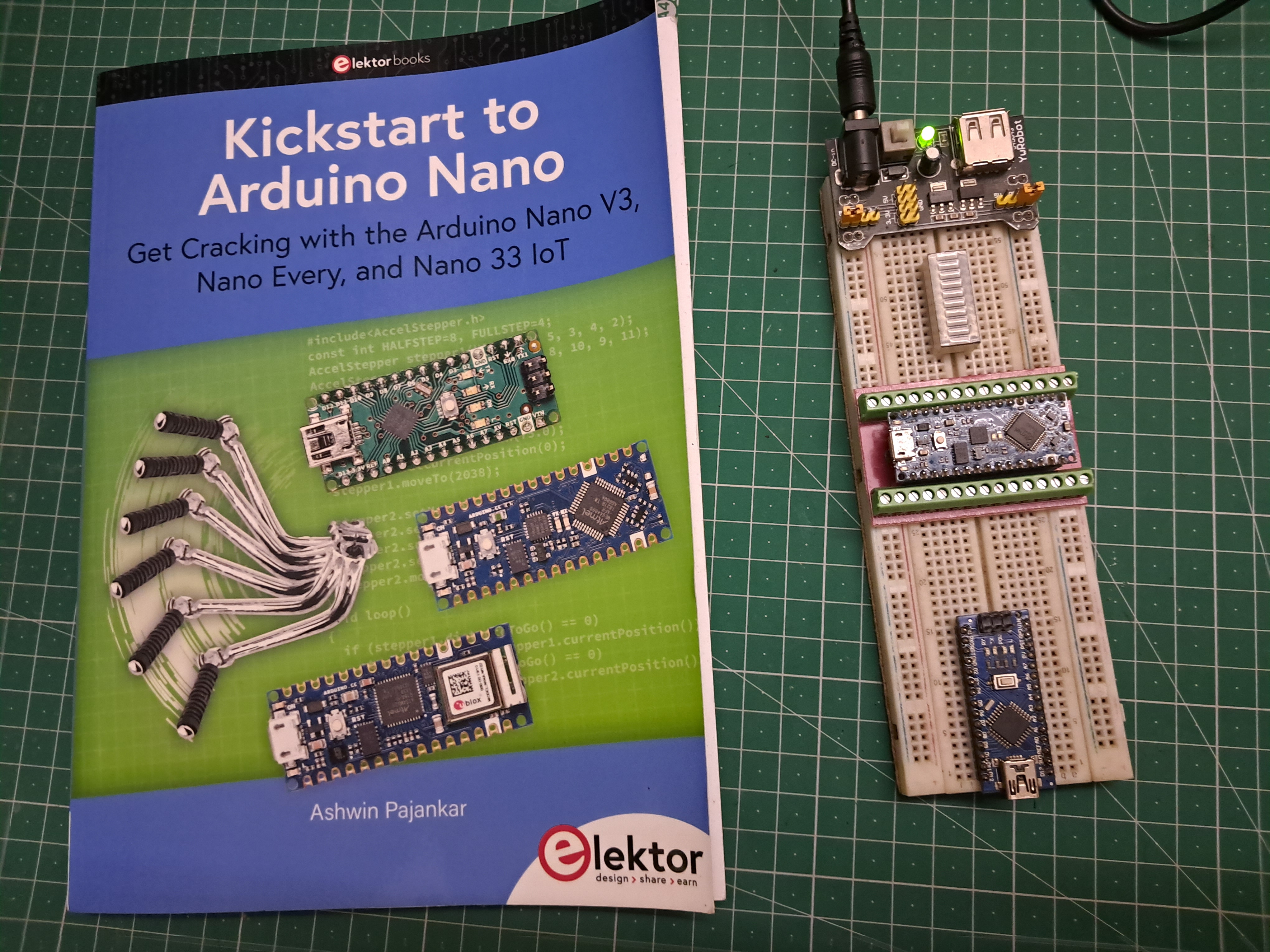Engineering with Arduino and More: An Interview with Author Ashwin Pajankar
on

The Elektor community is full of engineers who enjoy sharing their knowledge with like-minded electronics enthusiasts. Take Ashwin Pajankar, an engineer, educator, Elektor author, and YouTuber working from Nashik, India. When he isn't tackling a new electronics project at his workbench, you will find him helping his peers — through books, courses, and videos — learn to engineer with Arduino and other cutting-edge tech.
Alina Neacsu: First of all, thank you for taking the time to answer these questions. Tell us about yourself. What is your current occupation?
Ashwin Pajankar: I live in the outskirts of the city of Nashik in India. As for my education, I have earned a Bachelor of Engineering in Computer Science and Engineering from Shri Guru Gobind Singhji Institute of Engineering and Technology, Nanded. Moreover, I also earned Master of Technology (again, in Computer Science and Engineering) from International Institute of Information Technology, Hyderabad. I speak five languages and have lived and worked in three states in India.
Currently, I work as a freelance technical writer, a YouTuber, and an instructor at Udemy. I also organize boot camps for programming and electronics for working professionals and students. My favorite topics are math, physics, computers, and electronics.

Alina: Do you remember your first electronics project with microcontrollers? Can you describe it to us and what technologies were used?
Ashwin: My very first microcontroller project was a very humble one. I started with microcontrollers (along with the 8085 and 8086 microcontrollers) in 12th grade. I was taught the 8051 microcontroller. (It is the standard microcontroller used across India to teach the topic.) However, we did not have any hands-on with that in our 12th grade. When I studied engineering (a Bachelor’s level four-year undergraduate degree), I had an opportunity to work with 8051 kit using assembly language during the third year of the course. My very first project with the 8051 was a very humble one — blinking an LED using 8051 assembly code.
Alina: What sparked your interest in the Arduino Nano 33 IoT board?
Ashwin: Well, earlier, when we had to connect any Arduino board to Wi-Fi, we had to use specialized shields (which are a bit difficult to get in India) or use the ESP-01. Working with the ESP-01 is a bit complicated, and beginners often find it overwhelming. Arduino Nano 33 IoT is a perfect IoT solution out of the box. It has a NINA-W102 Wi-Fi module embedded in it. I regularly check arduino.cc for new products. I was very excited to see the new board with built-in Wi-Fi. So, when it became available in India, I purchased it at the very first opportunity and experimented with it.
Alina: Do you have any advice for anyone interested in getting started with the Arduino Nano?
Ashwin: Yes. Check the online documentation at the Arduino homepage. My book, Kickstart to Arduino Nano (Elektor, 2022), has detailed and step-by-step instructions.

Alina: You mention in your book you were in India, where you currently reside, while writing. How did the book come to life during the COVID-19 pandemic?
Ashwin: The COVID-19 pandemic was a testing time for our entire human civilization. India was one of the worst affected nations, with one of the highest hospitalization rates and highest death tolls. Briefly, Nashik, my current city of residence, had the highest death toll in India. It was very unsettling as no one had ever experienced such catastrophe before. There were constant lockdowns, curfews, and restrictions. Another problem was the shortage of food, medicines, and other supplies. Furthermore, there were no beds available in hospitals. Ambulance and hearse services were overstretched. Even I contracted the disease twice. The first time, I was admitted to a government-run hospital and the second, I was treated at home. I distinctly remember running around to find anti-flu medications for myself and my neighbors, as the medicine was very short in supply.
Writing the book gave me purpose during these dark times. Due to isolation and the near halt of almost all the other aspects of life, I had the opportunity to focus on writing the book. Also, the team at Elektor has been very helpful and guided me through every step. Frankly, I cannot find words to express my heartfelt gratitude toward them for the great support they have always been.
Alina: You are greatly involved in online teaching, especially via Udemy. Can you describe this kind of experience to us? How are students engaging with you when compared to being in a traditional class?
Ashwin: I prefer teaching online as it increases my reach. I have also conducted programming boot camps for live audiences in the past. Online teaching helps me reach hundreds of thousands of students. People can engage with me by asking the questions on the portal. And since all the courses are self-paced, student engagement is much higher.
Alina: When did you realize that you enjoy teaching other people about your favorite topics?
Ashwin: During the summer vacations in my engineering studies, I used to teach the students in senior high school and help them prepare for engineering entrance exams. I used to teach math, physics, computer science, and English. This is when I realized that I love teaching and making knowledge more accessible.

Alina: At the end of the day, what is the most important thing you would like your readers to learn?
Ashwin: The most important takeaway I have for my readers is to learn to explore the world of technology by themselves. The world of technology is very easy to navigate once you know where to look for relevant knowledge. In order to learn more, readers should go through all the online documentation, code examples, and various technical discussion forums by themselves.
Alina: Are you currently working on something? Any new ideas for a book?
Ashwin: Yes. I have been working with the Raspberry Pi 4. During the lockdown, it was short in supply. However, the situation has improved recently, and I was able to procure one Raspberry Pi 4 with 8 GB RAM. I have been experimenting with it. Once I finish the personal project I have been working on, I will be ready to write a book on Raspberry Pi for Elektor. I love Elektor’s book format, and Elektor has the best design team. I am planning to write many more technical books on diverse topics with Elektor.
Alina: Is there an achievement or contribution that you are most proud of?
Ashwin: Math, programming, and electronics are the things I do to earn a living. However, apart from my professional work, I have always been actively involved in giving back to the community through the social outreach programs at my workplaces and universities where I studied. Since I have started working as a freelancer, I have been doing it in my personal capacity. As a result of my participation in educational outreach for underprivileged kids in the community through my university IIIT-H’s community outreach program, my interview was featured in one of the most prominent newspapers in Hyderabad. I have received several awards for serving the community through educational outreach. This is the aspect of my life I am most proud of.
Editor's note: This is an abridged version of Elektor's interview with Ashwin Pajankar. You can read the complete interview in Elektor January & February 2023 Edition.


Discussion (0 comments)